Circular Recovery from WWII Shipwrecks
Larvik, Vestfold og Telemark, Norway
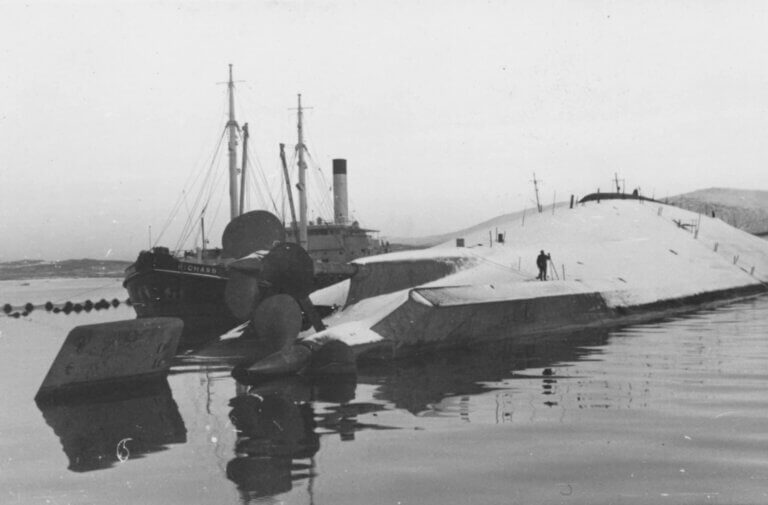
BUSINESS MODEL

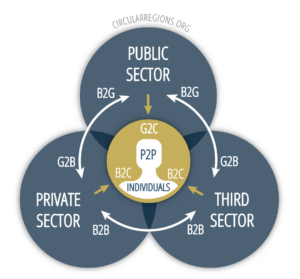
FACET & LEVEL
-
Micro - Company/Organisation
Company/Organisation
-
Nano - User, Product, Component & Material
The circularity of products, components, and materials, included in three wider systemic levels, all along the value chain and through- out their entire lifecycle
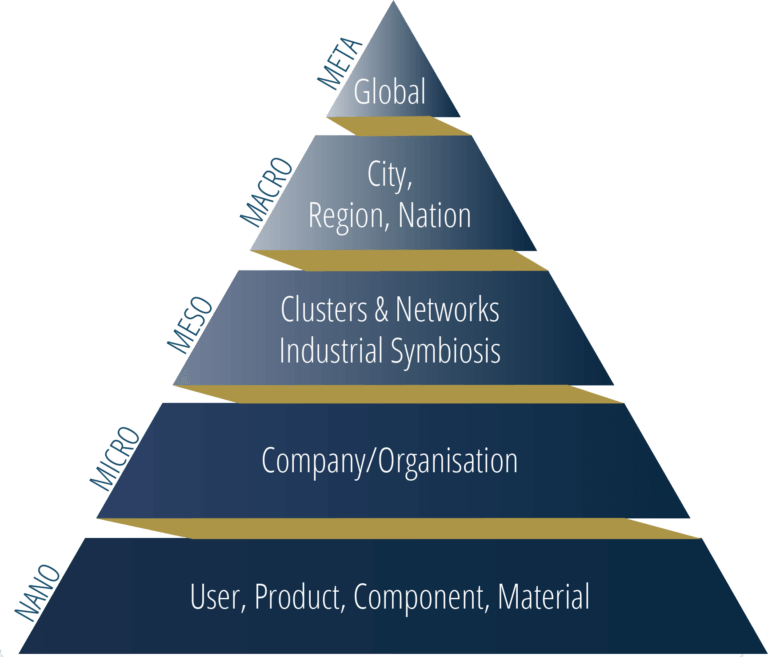
SOCIETAL READINESS LEVEL & POTENTIAL
CIRCULAR CYCLE PHASE

STATUS & TIMELINE
| Milestone title | Date | Content |
|---|---|---|
| eg start date |
DESCRIPTION
Saga Shipping AS operates a pioneering circular economy initiative, focusing on the recovery of valuable materials from WWII-era shipwrecks in Norwegian waters. These wrecks, fully owned by Saga Shipping, present a unique opportunity to access rare metals and preserve significant maritime heritage.
The primary challenge addressed is the growing global demand for sustainable sources of industrial metals and materials. Traditional extraction methods can be costly and resource-intensive. By retrieving materials from historic shipwrecks, Saga Shipping supports resource efficiency and circularity, creating value from assets that would otherwise remain unused. Each wreck is treated as both a source of material and an important cultural artifact, ensuring thorough documentation and historical study.
Saga Shipping’s approach is to recover resources only from known wrecks—avoiding new disruption to untouched seabed areas. All operations are conducted with respect for legal frameworks and cultural sensitivities, particularly regarding war grave sites. Collaboration with universities, museums, and marine technology firms ensures that salvage techniques are innovative and that each site’s historical significance is honored.
Saga Shipping AS leads an innovative circular economy initiative, turning WWII-era shipwrecks in Norwegian waters into sources of valuable metals through recovery and responsible reuse. Owning over 350 historic wrecks, Saga Shipping demonstrates that existing maritime assets can be transformed into productive resource streams—offering a clear and sustainable alternative to seabed mining.
The core challenge is meeting the rising global demand for industrial metals without resorting to new extractive practices, such as deep-sea or seabed mining. Seabed mining is controversial due to its potential to harm marine ecosystems and disturb unexplored seabed environments. Saga Shipping’s model directly addresses this by recovering high-grade metals from known shipwrecks resting on the seabed, thus supplying industry needs while avoiding the environmental and ethical concerns associated with new seabed mining projects.
Saga Shipping’s approach is rooted in circularity: only confirmed wrecks are targeted, and all recovered materials are fully traceable. By returning these metals to the supply chain, Saga reduces the need for mining new resources. Their operations are efficient, transparent, and comply with Norwegian regulations, utilizing advanced marine technology and working with industry partners to ensure quality and value in every recovery.
Challenges are mainly technical—such as the difficulty of underwater recovery and ensuring that salvaged materials meet modern industrial standards. However, the model proves that circular material flows can replace the need for new extraction in many cases. Saga Shipping’s initiative not only extends the lifecycle of valuable metals and reduces pressure on untouched marine environments but also provides a scalable, responsible blueprint for circularity in heavy industry.
Saga Shipping AS leder et innovativt sirkulærøkonomi-initiativ der skipsvrak fra andre verdenskrig i norske farvann brukes som kilder til verdifulle metaller gjennom gjenvinning og ansvarlig gjenbruk. Med eierskap til over 350 historiske vrak viser Saga Shipping at eksisterende maritime ressurser kan omdannes til produktive materialstrømmer – og tilbyr et tydelig og bærekraftig alternativ til gruvedrift på havbunnen.
Den sentrale utfordringen er å møte det økende globale behovet for industrielle metaller uten å ta i bruk nye utvinningsmetoder som havbunnsgruvedrift. Gruvedrift på havbunnen er kontroversielt på grunn av risikoen for skade på marine økosystemer og forstyrrelse av urørte havområder. Saga Shippings modell svarer direkte på dette ved å hente ut høyverdige metaller fra kjente skipsvrak på havbunnen, og slik dekke industriens behov uten de miljømessige og etiske problemene knyttet til ny havbunnsgruvedrift.
Saga Shippings tilnærming bygger på sirkularitet: kun bekreftede vrak benyttes, og alle materialer er fullt sporbare. Ved å føre disse metallene tilbake i den industrielle verdikjeden reduserer Saga behovet for å utvinne nye ressurser. Operasjonene er effektive, åpne og i tråd med norsk regelverk. Avansert marinteknologi og samarbeid med industripartnere sikrer kvalitet og verdi i hver bergingsoperasjon.
Utfordringer er hovedsakelig tekniske – som kompleksiteten ved undervannsoperasjoner og krav til kvalitet på gjenvunne metaller i moderne industri. Likevel viser modellen at sirkulære materialstrømmer kan erstatte behovet for ny utvinning i stor grad. Saga Shippings initiativ forlenger levetiden til verdifulle metaller, reduserer presset på urørte havområder, og gir en skalerbar og ansvarlig mal for sirkularitet i tungindustrien.
IMPACT
BARRIERS
ENABLERS
MATERIALS & CERTIFICATIONS
| material input | material category input |
|---|---|
| material output | material category output |
|---|---|
TECHNOLOGY & LICENSE
DATA & DATA-SHARING
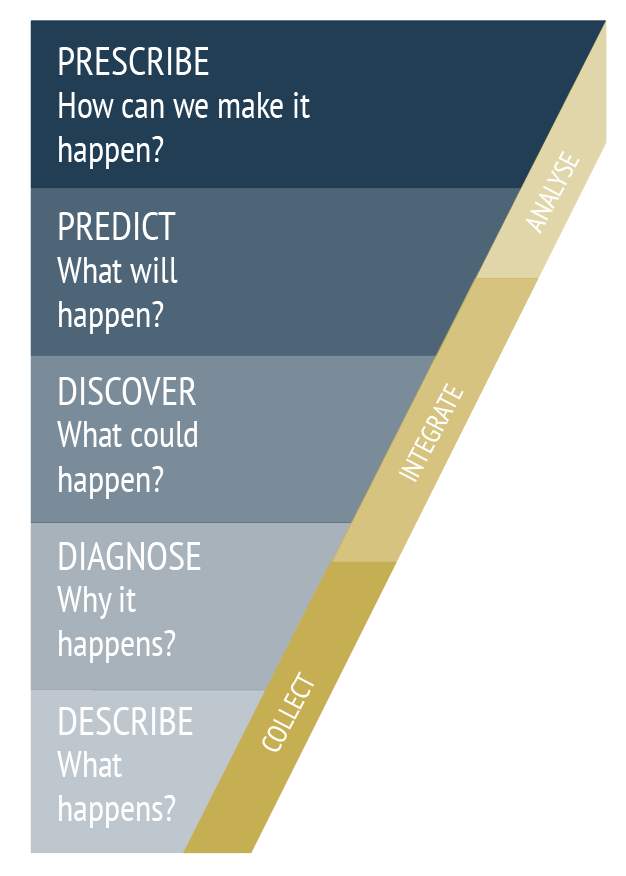
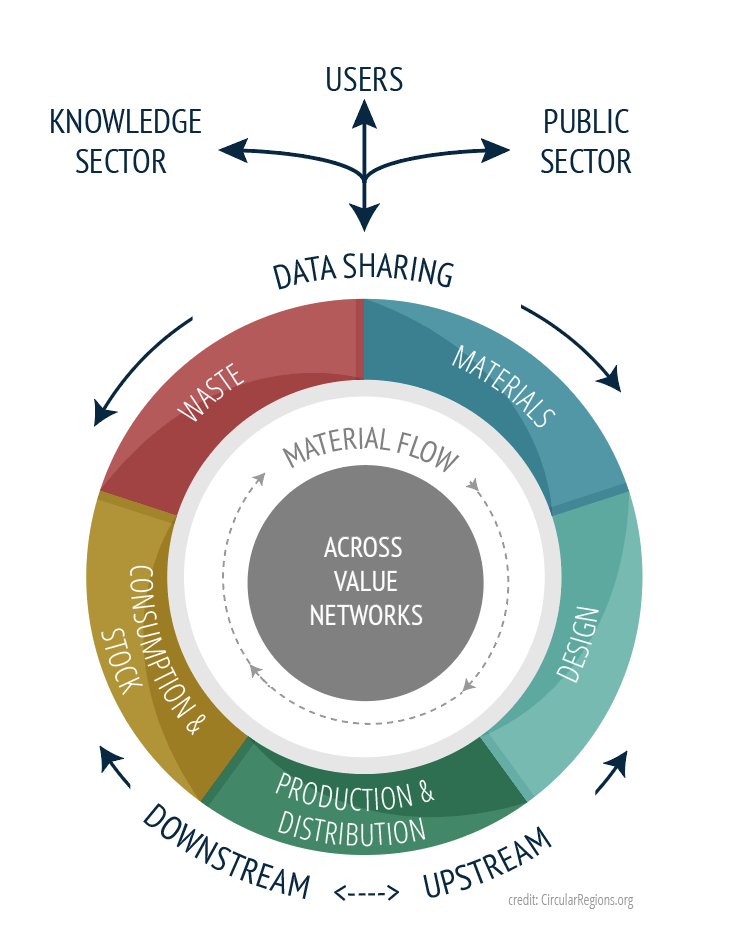
| data related to | can be used to | Unit of measure | Data-sharing |
|---|---|---|---|
|
|
Circular Case Studies by Circular Regions is licensed under CC BY-NC-ND 4.0

